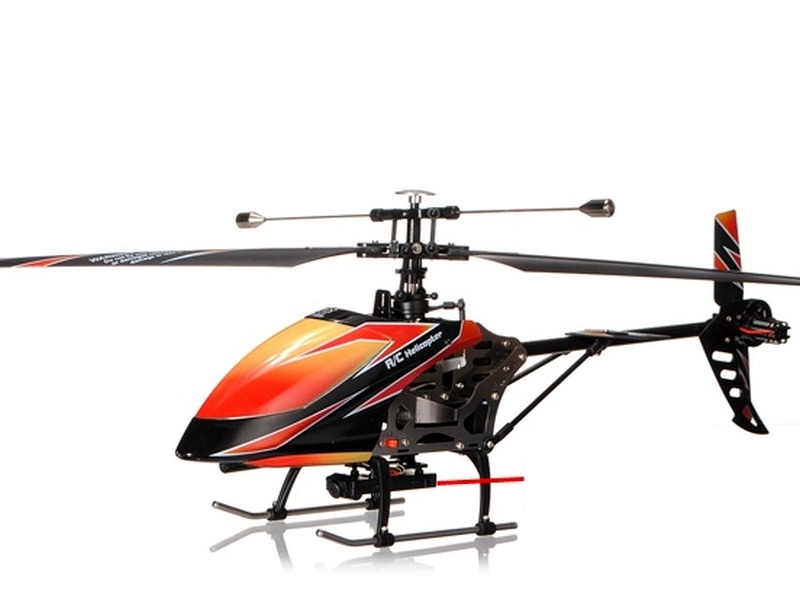How does a helicopter actually fly?

A helicopter is a unique form of aircraft, capable of vertical takeoff, hovering, and flight in any direction. To accomplish these feats, the helicopter relies on a principle called the “Rotor System”. This system consists of one or more sets of rotors, which are mounted on the top and tail of the aircraft. Each rotor has a set of blades, which spin around a central axis.
When the pilot increases engine power, the rotors rotate faster, creating a lifting force. This lifting force counteracts the force of gravity, allowing the helicopter to ascend. To maintain a steady hover, the pilot must adjust the pitch of the rotor blades, creating an increase or decrease in the thrust generated by the rotors.
To move forward, the pilot yaws the rotor blades, causing the helicopter to tilt in the desired direction and creating forward thrust. To turn, the pilot rolls the rotor blades, creating a force that causes the helicopter to rotate around its center of gravity.
To descend, the pilot reduces the angle of attack of the rotor blades and reduces engine power. This causes the rotor blades to create a downward force, which counteracts the force of gravity and allows the helicopter to descend. To land, the pilot further reduces the angle of attack and reduces engine power until the helicopter is hovering just above the ground.
The rotor system is an incredibly complex system, and pilots must be highly trained to safely operate a helicopter. In addition to controlling the rotor blades, pilots must be mindful of the aircraft’s attitude, altitude, and airspeed.
The beauty of the helicopter lies in its ability to fly in any direction, with the ability to hover and land in small areas. This makes it ideal for rescue missions and other operations that may require the aircraft to maneuver in tight spaces. It is also an invaluable tool for aerial photography, reconnaissance, and search and rescue operations.
In conclusion, the rotor system is the key to the helicopter’s unique abilities, allowing it to take off, hover, and fly in any direction. By manipulating the pitch of the rotor blades, the pilot can generate a lifting force that counteracts the force of gravity and allows the helicopter to ascend and descend. Further, by yawing and rolling the rotor blades, the pilot can create forward and turning thrust, respectively. With the right knowledge and training, a pilot can safely and effectively operate a helicopter.
Comments / Question
2. Main Rotor and Tail Rotor: The main rotor is the large set of blades on top of the helicopter and the tail rotor is the smaller set of blades on the tail of the helicopter. The main rotor generates the lift and the tail rotor counteracts the torque created by the main rotor, allowing the aircraft to remain stable in flight.
3. Fuselage: The fuselage is the main body of the helicopter and houses the cockpit, passengers, cargo and the engine.
4. Engine: The engine provides the power necessary for the rotor blades to spin and generate lift.
5. Control Surfaces: Control surfaces are the movable parts of the helicopter that allow the pilot to control the aircraft. These include the rudder, ailerons, elevators and flaps.

